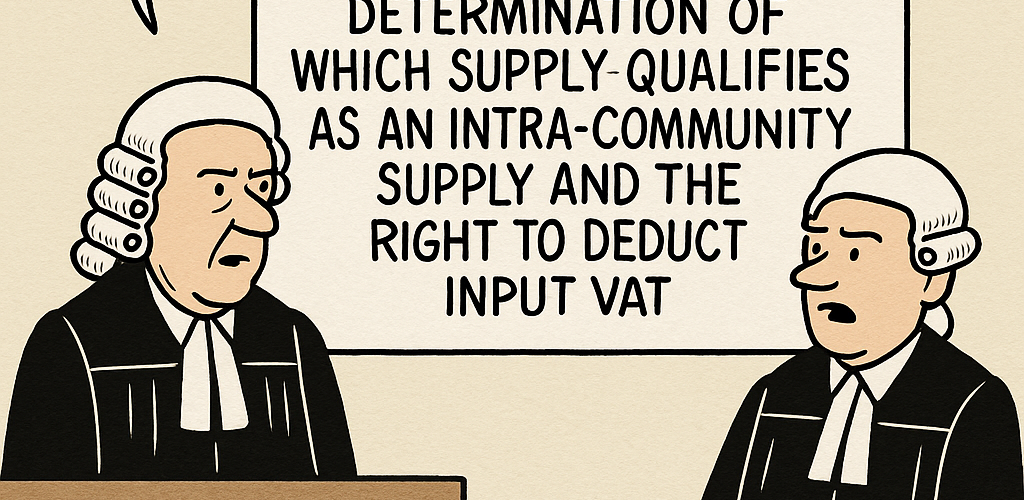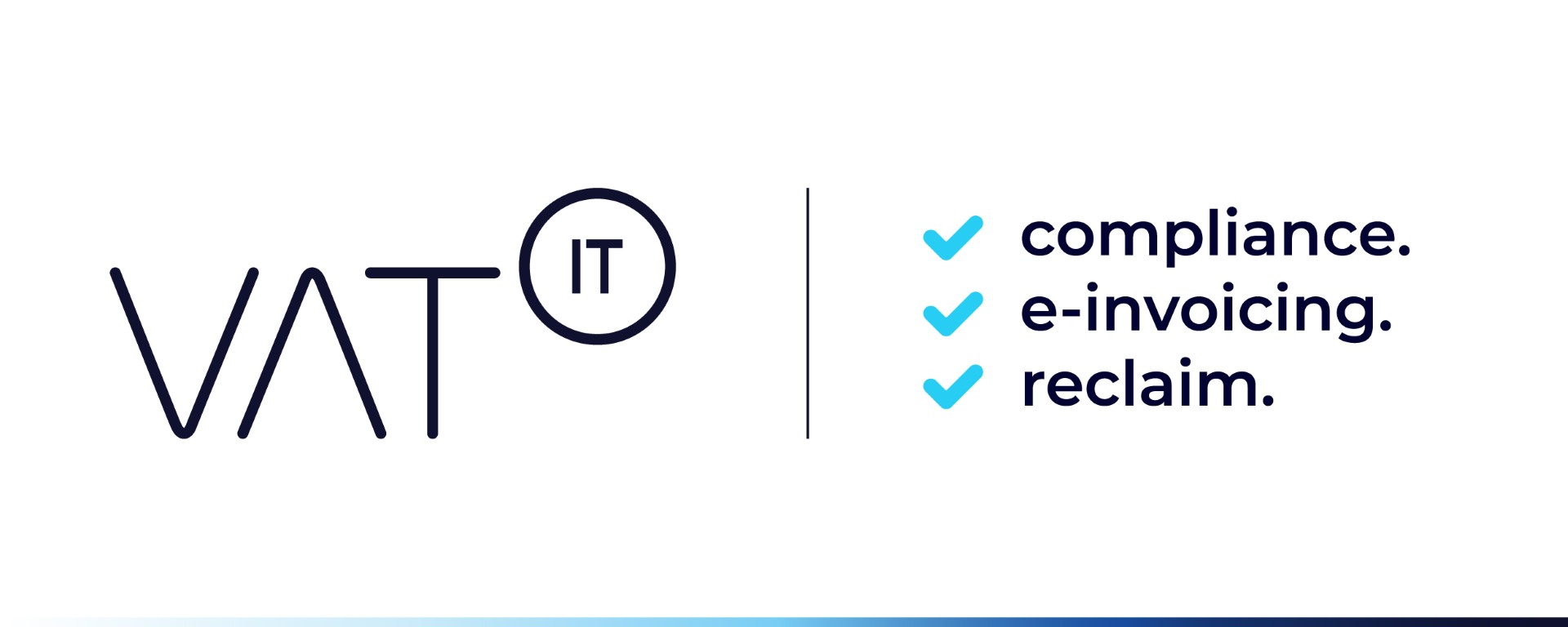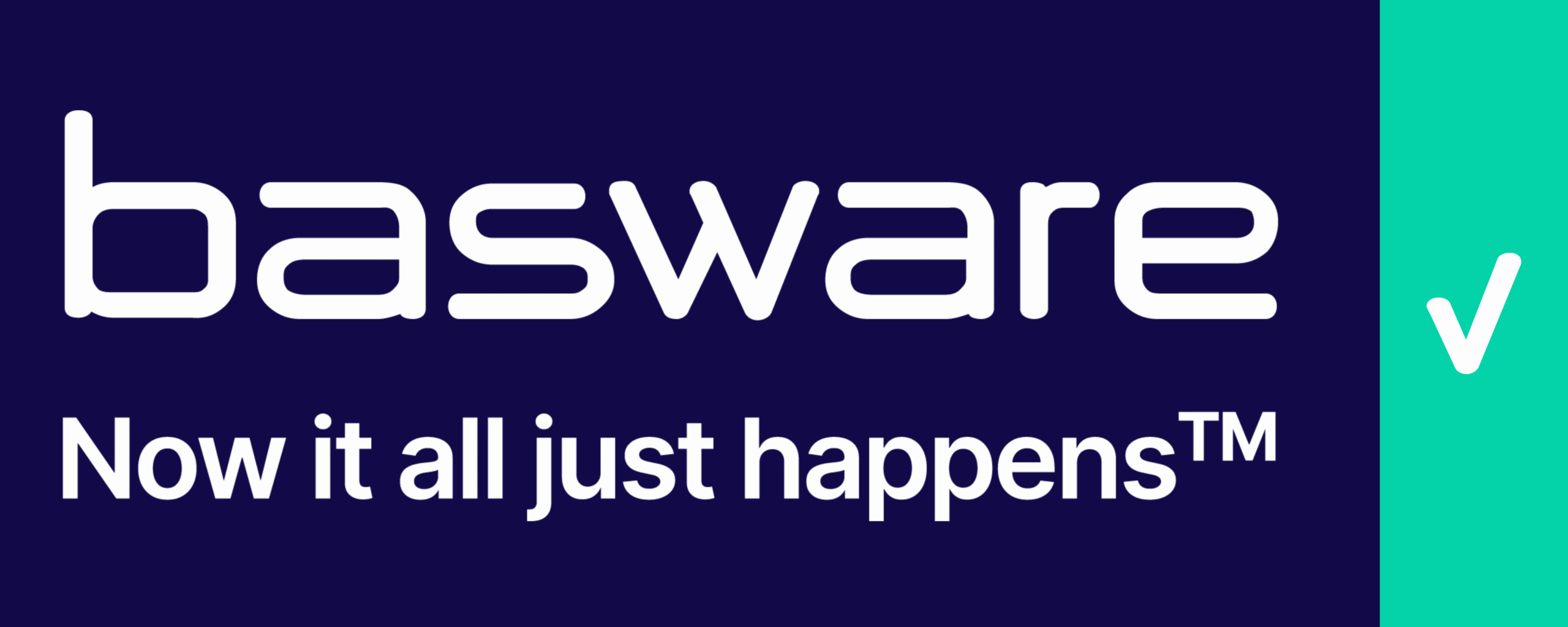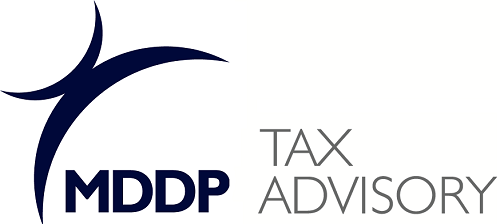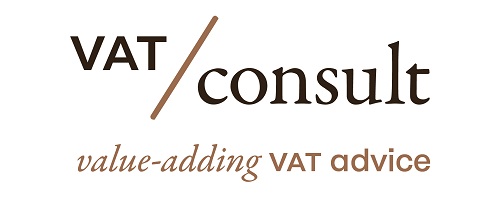Podcast on Spotify
Video on YouTube
1. Definitions & Key Principles
-
Chain Transactions (EU VAT): A chain transaction (or “ABC transaction”) involves successive B2B supplies of the same goods between at least three parties (A, B, C) in different EU Member States, but only one physical movement of the goods (from the first supplier A directly to the final customer C). For VAT purposes, each link (A→B and B→C) is a separate supply, but only one of those supplies can be treated as an intra-Community supply (ICS) exempt from VAT – namely, the supply which is tied to the single cross-border transport. All other supplies in the chain are taxed as domestic supplies (either in the Member State of dispatch or of arrival). The fundamental question is which link’s supply gets the cross-border transport (and thus the VAT exemption). [bdo.nl]
-
Pre-2020 rule: Determining which sale in the chain was the cross-border (exempt) supply depended on facts (especially which party arranges the transport) and was interpreted through case law (notably EMAG and others, see below). Generally, if A or C arranged transport, the transport was ascribed to A→B or B→C accordingly; if B (the intermediary) arranged the transport, ambiguity arose as to whether the intra-EU transport—and thus the exempt ICS—attached to the first supply (A→B) or the second (B→C). This led to uncertainty and divergent treatment among Member States. [bdo.nl]
-
Quick Fix 2020 (Article 36a of Directive 2006/112/EC): Since 1 January 2020, EU law was harmonized to clarify chain transactions. By default, the cross-border transport is ascribed to the supply to the intermediary (A→B), making A→B the exempt intra-Community supply and B→C a taxable domestic sale in the destination country. Exception: If intermediary B provides A with a VAT number issued by the country of dispatch, then the transport is instead ascribed to B→C. In other words, B can “attach” the transport to its onward sale by using the VAT ID of the origin country; in that case, the first supply (A→B) becomes domestic in the origin country and the second supply (B→C) is the intra-Community supply. Article 36a of the VAT Directive codifies this: paragraph 1 assigns transport to A→B; paragraph 2 allows B to shift transport to B→C by using the dispatch country’s VAT ID. This rule prevents multiple segments being treated as cross-border and brings uniformity. All supplies before the singled-out intra-Community supply are taxable in the origin country, and all supplies after it are taxable in the destination country. [bdo.nl] [datenbank.nwb.de]
-
-
Triangulation (Simplified Triangular Transaction): “Triangulation” is a special simplification for a three-party chain transaction (A→B→C, often called an “ABC transaction”) spanning three different Member States. It is designed to avoid requiring the intermediary (B) to VAT-register in C’s country for just that one transaction. Under a normal chain, if A→B is the intra-Community supply, B would have to report an intra-Community acquisition in C’s Member State and then charge local VAT on B→C – obligating B to register in C’s country. The triangulation simplification prevents this by shifting the VAT responsibility to the final customer C. In a valid triangulation: [zampapartners.com] [bdo.global], [zampapartners.com]
- A in MS1 sells goods to B in MS2, and B sells to C in MS3; goods move directly from A to C. [zampapartners.com]
- B does not owe acquisition VAT in MS3 (the destination) – that acquisition is treated as exempt. Instead, B’s sale to C is effectively taxed via reverse-charge to C. [zampapartners.com]
- A’s sale to B remains an exempt intra-Community supply (from MS1 to MS3), and C charges itself VAT (as an intra-community acquisition and domestic sale combined) on B→C in MS3 under the reverse charge mechanism. [zampapartners.com] [bdo.global], [zampapartners.com]
This simplification rests on specific conditions in the VAT Directive (Article 141) to ensure the triangle involves three parties in three different Member States, and that C (the final recipient) is designated as liable for VAT on B’s sale. In essence, triangulation means B does not have to register or report VAT in C’s country, and both A and B can invoice without charging VAT (A→B as ICS exempt; B→C under reverse charge). [service.be…lation.com], [service.be…lation.com] [meijburg.com], [meijburg.com]
2. EU VAT Directive Provisions (key articles in Directive 2006/112/EC):
-
Article 36a – Chain transactions: Introduced in 2020, it formalizes how to assign the single transport in chain transactions. Art 36a(1): the default is that the cross-border transport is allocated to the supply to the “intermediary operator” (i.e. A→B in an A-B-C chain). Art 36a(2): if the intermediary (B) provides a VAT ID from the Member State of dispatch, then the transport is allocated to B’s onward supply (B→C). This determines which supply is the intra-Community supply (exempt) vs. domestic. (Art 36a(3) defines “intermediary operator”, and 36a(4) excludes call-off stock scenarios covered by Article 14a.) [datenbank.nwb.de]
-
Article 138 – Intra-Community supply exemption: General rule that supplies of goods dispatched or transported to another Member State for a business customer are exempt from VAT in the origin country (provided the customer’s VAT ID in another Member State is obtained, etc.). This is the legal basis for zero-rating qualifying cross-border supplies. [chaintrans…culator.de]
-
Article 40 & 41 – Place of intra-Community acquisition: Art 40 sets the default: the place of an intra-Community acquisition (ICA) is the Member State where the transport of the goods ends (destination). Art 41 provides a fallback: if the buyer uses a VAT ID from another country, the acquisition is initially deemed to take place in the VAT ID’s country unless the buyer proves VAT was correctly applied in the destination state. In a chain transaction, if B uses a VAT number from a country other than C’s, Art 41 could make B’s acquisition taxable in that other country (potentially causing double taxation) unless the simplification applies. Article 42 then offers relief in triangular cases: it says Article 41’s rule does not apply (i.e. B’s ICA is not taxed in the VAT-ID country) if certain conditions are met. Those conditions (Art 42(a) & (b)) essentially mirror the triangulation scenario: B must acquire the goods for the purpose of a subsequent supply in the destination country (to a customer designated as liable for VAT), and B must comply with the EC sales list (recapitulative statement) reporting requirements. In other words, Article 42 ensures that B’s intra-Community acquisition is only taxed in the destination (and then exempt under Art 141) when triangulation conditions are fulfilled. [chaintrans…culator.de]
-
Article 141 – Triangulation simplification conditions: This is the core provision defining when triangulation can be used. It requires:
-
(a) B (the intermediary) is not established in the destination Member State (C’s country) and is VAT-identified in another Member State;
-
(b) B’s acquisition from A is for the purpose of an onward supply in the destination country;
-
(c) the goods are shipped directly from a Member State other than where B is identified (i.e. from A’s country) to C’s country;
-
(d) C is a taxable person identified for VAT in the destination country;
-
(e) C is designated as the person liable for VAT on B→C (according to Art 197). When all conditions (a)-(e) are met, *the directive says the intra-Community acquisition by B in C’s country is not charged with VAT – effectively making B’s acquisition exempt. This allows the simplification: A’s supply is an exempt intra-Community supply; B’s acquisition in C’s country is exempt; and B’s onward sale is taxed by C under reverse charge. [service.be…lation.com] [service.be…lation.com], [service.be…lation.com]
-
-
Article 197(1)(c) – Liability of final customer: This article provides that when a supply of goods is carried out under the triangulation conditions (per Article 141), the person to whom the goods are supplied (C) is liable for the VAT in the destination country. In other words, in a triangular transaction, C must account for VAT on B→C (reverse charge), rather than B. Article 197(1) lists conditions similar to Article 141 and explicitly requires that the invoice is drawn up according to the rules (Sections 3–5 of Chapter 3). This ties in the formal invoice requirement as a precondition for making C liable. [eur-lex.europa.eu], [chaintrans…culator.de] [chaintrans…culator.de]
-
Article 226 – Invoicing requirements: This article lists mandatory particulars for VAT invoices. Notably, Article 226(11a) (added by the Invoicing Directive 2010/45/EU) requires an invoice to include specific wording when a reverse charge applies. In the context of triangulation, this means B’s invoice to C must state that the VAT is due by the customer (e.g. phrase “Reverse charge”). Including a reference that the transaction is an “intra-Community triangular transaction” is also customary, but the directive makes the reverse-charge indication essential for the simplification to be valid. [bdo.global]
3. Key ECJ Cases Interpreting these Concepts (chronologically):
-
EMAG Handel (C-245/04, 2006) – One of the first landmark cases on chain transactions under the Sixth Directive. The Court confirmed that in a chain with one intra-EU transport, you must identify which single supply is the cross-border one (exempt), and that depends on which transaction the transport is ascribed to based on agreement of parties and transport arrangement. EMAG essentially held that if the intermediary (B) arranges transport from A to C, the transport can be allocated to the A→B supply, making that the intra-Community supply, and B→C then domestic in C’s country. This prevented double-taxation but could deny exemption for B→C if wrongly treated. EMAG set the stage for the “one transport, one exempt supply” principle that is now codified. (This case predated the current Directive’s Article 36a.) [bdo.nl]
-
Euro Tyre (C-430/09, 2010) – Clarified the role of VAT identification numbers in chain transactions. The ECJ ruled that the mere use of a VAT ID from a particular Member State by the intermediary is not solely determinative of which supply is the intra-Community supply; the material circumstances of the transport and contract terms matter. However, the case highlighted the potential for mismatches: if B uses an “incorrect” VAT number (e.g. one from the origin country when it shouldn’t), it could trigger tax under the old rules. Euro Tyre underscored the need for a uniform approach – a gap later filled by Article 36a’s new rule. [kmlz.de]
-
‘Toridas’ (C-386/16, 2017) – Concerned a Lithuanian case about which supply qualified as zero-rated in a chain. The Court reiterated that special care is needed when the intermediary (B) arranges transport – if conditions for an exempt intra-EU supply are not strictly met for one link, the other link might be regarded as the cross-border supply. Toridas confirmed that only one supply can be zero-rated (Article 138 exemption) and provided guidance: if B is in charge of transport, default to the first supply being the intra-Community supply, unless evidence supports otherwise. This aligned with earlier cases and foreshadowed Article 36a(1) (which indeed makes the first supply exempt by default when B transports).
-
Kreuzmayr (C-628/16, 2018) – This case dealt with the consequences of mis-characterizing a chain transaction. Here, two consecutive supplies occurred (A→B→C with one transport), but due to incorrect handling, two parties had treated their transaction as the intra-EU supply. The final buyer (C) attempted to deduct input VAT on what was believed to be a domestic purchase, but the Court denied the deduction because the transaction had to be re-characterized: only one intra-EU supply existed and C’s supplier (B) should have applied VAT. The ECJ held that if a purchaser (C) buys goods under a mistaken assumption about VAT (due to how the chain was handled upstream), C cannot claim input VAT that was never correctly charged. Kreuzmayr is important for highlighting that parties must consistently identify which link is cross-border, otherwise the intermediate supplier or final customer can face denied deductions or unexpected VAT liabilities. It also touched on the concept of “legitimate expectation”: C cannot automatically be protected if the invoicing was incorrect and they should have known the chain nature.
-
Firma Hans Bühler (C-580/16, 2018) – A pivotal triangulation case. The question was whether the simplification could apply even if B had a VAT number in the country of dispatch (A’s country). Some tax authorities argued that if B is identified in A’s country, then B is effectively acting as a local, disqualifying the use of triangulation. The ECJ disagreed: it ruled that the triangular simplification can apply as long as B is not established in the destination country (and uses a VAT ID from a country other than C’s). In other words, B having a VAT registration in A’s Member State does not prevent triangulation, provided B uses a different Member State’s VAT number for the transaction. The conditions of Article 141 were interpreted flexibly: the law requires B not be established in C’s state (and B must use a foreign VAT ID for the acquisition in question), but it does not forbid B from being identified in A’s state. This extended the availability of the simplification – businesses with multiple EU VAT numbers can choose an appropriate VAT ID to still benefit. Following Hans Bühler, even if B holds (or is obliged to hold) a VAT number in the origin country, it need not register in C’s country as long as B purchases under a VAT ID from a third country and meets the other triangulation criteria. This case prompted some Member States (like the Netherlands, which already allowed this) and others who were stricter to align their practice. [meijburg.com], [meijburg.com] [meijburg.com]
-
Luxury Trust Automobil (C-247/21, 2022) – A recent and significant case on triangulation invoice requirements. Luxury Trust (B, in Austria) bought cars from A in the UK and sold to C in Czechia, transporting goods directly from A→C. B attempted to apply the triangulation simplification but failed to include the phrase “Reverse charge” on its sales invoice to C (though it did reference “triangular transaction”). The ECJ held that strict compliance with invoicing formalities is required for triangulation: if the intermediary’s invoice to the final customer lacks an explicit reference that VAT is payable by that customer (reverse-charged), the simplification cannot apply. Because Luxury Trust’s invoices omitted the “VAT liable by purchaser” mention, the court deemed that C was not validly designated as the person liable for VAT. Consequently, B could not use triangulation and was treated as having made a taxable intra-Community acquisition in Austria (where B used its VAT ID) and a domestic supply in Czechia – leaving B with unrecoverable VAT. The ECJ also found that issuing a corrected invoice later did not retroactively fix the issue. Luxury Trust confirms that Article 226(11a) invoice wording is a substantive requirement, not a mere formality in this context. The ruling underscores that the final customer must be unambiguously made aware of the reverse-charge; without that, tax authorities can deny the triangulation simplification. This case has put businesses on notice to double-check invoice language when applying VAT simplifications. [bdo.global], [bdo.global] [bdo.global]
4. Member State Interpretations & Commentary
While EU law is harmonized, practical interpretations of chain transaction rules and triangulation can differ slightly among Member States, especially before 2020 or in how strictly formalities are enforced:
-
Germany: Germany traditionally had detailed rules on chain transactions even before the 2020 EU harmonization, and in fact the EU’s Article 36a was similar to Germany’s existing approach. A recent BMF (German Ministry of Finance) Circular of 25.04.2023 clarified several points in German practice: [kmlz.de] [kmlz.de], [kmlz.de]
- The “person arranging the transport” is determined mainly by who commissions the freight forwarder (as a rule of thumb). If multiple parties are involved in arranging transport, Germany takes a strict view that the transaction chain “breaks” (no single continuous transport), so the chain simplification cannot apply easily. (Many other countries are more flexible if, for logistical reasons, more than one party coordinates transport; this divergence can lead to double taxation if countries disagree on which leg was the intra-EU supply.) [kmlz.de] [kmlz.de], [kmlz.de]
- “Communication” of the VAT ID by the intermediary (B) must be an active, explicit action – simply listing a VAT number on an invoice is not enough in the German view. B must inform A of the specific VAT ID (for the dispatch country) at or before the time of supply in order to shift the transport to B→C. Late or retroactive changes of the VAT number are not recognized. (Some other Member States interpret “communicated” more leniently or even implicitly if all filings align, but Germany insists on a positive act.) [kmlz.de]
- The German guidance also reiterates that if the simplification is misapplied (wrong VAT-ID used or not communicated correctly), it cannot be corrected later, and B would face the obligations in the destination country and potentially an “additional taxation” under Article 41 in the VAT-ID country. [kmlz.de], [kmlz.de]
- Germany historically also limited the triangulation simplification to the “last three parties” of a longer chain – i.e. only a single triangle can be extracted at the end of a chain, not in the middle. The 2023 guidance confirms this stance (only the last three parties in a multi-link chain can use the Article 141 simplification). However, most other Member States allow triangulation for any three parties within a chain as long as conditions are met. This means in very complex chains, German rules might force an extra registration for an intermediary if they are not literally the second in the last sequence. [kmlz.de]
-
Netherlands: The Netherlands generally aligns closely with EU rules and aims to simplify cross-border VAT for businesses. Dutch policy has long accommodated triangulation. For example, after the Hans Bühler case in 2018, Dutch authorities confirmed that having a VAT registration in the Member State of dispatch does not preclude using the triangulation simplification as long as the intermediary uses a different Member State’s VAT number for the transaction. Dutch guidance refers to triangulation as “ABC transactions” and historically allowed that B need only put a reference to an intra-Community supply on the invoice to C (e.g. “VAT zero-rated under Article 138, triangular transaction”) without explicitly stating “reverse charge” – effectively a more lenient invoicing practice. Following the Luxury Trust decision in 2022, however, this leniency is under review: [meijburg.com] [bdo.nl], [bdo.nl]
- Up until the ECJ ruling, Dutch tax authorities did not require the phrase “VAT reversed to customer” on triangulation invoices. Businesses could rely on the Dutch policy that an invoice noting an intra-Community triangular supply was sufficient. As a result, intermediaries in the Netherlands (B) who omitted the reverse-charge phrase were generally not penalized prior to 8 Dec 2022. [bdo.nl]
- After Luxury Trust: It’s expected that the Netherlands (and any other Member States with similar policies) will align with the ECJ’s strict stance. Dutch advisors are now urging businesses to include both statements on invoices – i.e. indicate the intra-Community supply and explicitly mention the reverse charge to the customer – to comply with Article 226(11a). Pending any formal change, Dutch companies should err on the side of caution and follow the stricter requirement to avoid the risk of losing the simplification going forward. (Notably, the Dutch rules in the country of arrival – e.g. Czech Republic in the Luxury Trust scenario – always required the reverse-charge mechanism to be clear, so the Netherlands’ tolerant approach only protected the intermediary within NL. Now, consistency EU-wide is needed.) [bdo.nl], [bdo.nl] [bdo.nl]
-
Other Member States: Most EU countries have implemented the 2020 chain transaction quick fix into their national VAT laws similarly to the directive. However, tax administrations’ interpretations can vary on finer points:
- Some states (like Italy or Spain) follow the EU rules closely and publish guidance echoing the Article 36a and 141 conditions, with emphasis on timely reporting in EC Sales Lists (the formal condition in Article 42(b)). Failing to list a triangular sale on the EC Sales List can lead to denial of exemption – authorities often scrutinize this.
- A few countries historically had extra conditions. For example, Poland pre-2020 required specific local filings for triangulation. Belgium and France require particular invoice wording (often referencing their national law article that transposes the EU rule). These are largely administrative nuances now harmonized by Article 226(11a).
- In practice, businesses engaged in cross-border chains must be mindful: if any party or tax authority disagrees on who arranged transport or whether conditions were met, double taxation can occur (one country treating a movement as taxable while the other also taxed it). Article 41 of the Directive acts as a safety net for tax authorities – if B cannot prove VAT was paid in the destination, the country of B’s VAT ID can claim the acquisition was taxable there. Companies, therefore, ensure proper documentation of transport, correct use of VAT numbers, and accurate invoicing to defend the intended VAT treatment. [kmlz.de]
5. Recent Developments & Practical Insights
-
The 2020 “Quick Fixes” (including the chain transaction rule in Article 36a) significantly improved legal certainty in chain transactions. They codified principles from earlier ECJ cases, making it easier to determine which supply is the intra-Community one. Businesses now have a clear default rule and know how to “shift” the VAT treatment by using a particular VAT ID. This has led to more uniform application across the EU. For example, prior to 2020, if B failed to explicitly communicate a VAT number, some countries might still allow the intended treatment based on overall facts, while others (like DE) would not – now the rule is explicit EU-wide, though interpretation of “communicated” still requires care as noted. [bdo.nl]
-
Despite harmonization, strict compliance with formal requirements is more important than ever. The Luxury Trust case (2022) is a clear warning: even when the substantive outcome (VAT due by C) seems achieved, missing invoice language can invalidate the triangulation simplification. Tax authorities and courts currently place heavy weight on formalities (like correct invoices and timely recapitulative statements) as prerequisites for VAT exemptions or simplifications. Therefore, companies should:
- Include all required phrases on invoices involving cross-border chains (e.g. “VAT Reverse Charged – Article 141/197 EU VAT Directive” along with the normal VAT ID and ICS references). [bdo.global], [bdo.global]
- Ensure EC Sales Lists are correctly filed (listing the triangulation under B’s VAT ID and marking the customer C as the party liable). Under Article 42(b), failing to submit the recapitulative statement can nullify the exemption for B’s acquisition.
- Retain transport documents proving a direct dispatch from A to C, and evidence of when and to whom any VAT number was communicated, to substantiate the application of Article 36a(2) if used. [kmlz.de]
-
Member State audits and guidance: States like Germany are refining their guidance to clarify grey areas (e.g. what constitutes arranging transport, or how to document a communicated VAT ID). Businesses should keep abreast of local interpretations. For instance, the German 2023 BMF letter, while sticking to a strict line, acknowledged that other Member States may be more pragmatic (e.g. allowing implied communication of a VAT ID if all compliance is consistent). Such differences mean in cross-border operations, the most restrictive interpretation among the countries involved tends to prevail to avoid non-compliance. [kmlz.de], [kmlz.de]
Conclusion:
Chain transactions in the EU require pinpointing which supply is cross-border – only that supply can be zero-VAT. The 2020 rules (Directive 2006/112/EC as amended) provide a clear framework (Article 36a) to determine this, largely based on whether the intermediary uses an origin-country VAT number. Triangulation is a valuable simplification for three-party chains that meet the criteria (Article 141), sparing the intermediary from multi-country VAT obligations. To use it, however, every condition must be met and documented, including proper invoicing (per Articles 226 and 197) and reporting. [datenbank.nwb.de] [service.be…lation.com], [service.be…lation.com] [chaintrans…culator.de]
Chain transactions in the EU require pinpointing which supply is cross-border – only that supply can be zero-VAT. The 2020 rules (Directive 2006/112/EC as amended) provide a clear framework (Article 36a) to determine this, largely based on whether the intermediary uses an origin-country VAT number. Triangulation is a valuable simplification for three-party chains that meet the criteria (Article 141), sparing the intermediary from multi-country VAT obligations. To use it, however, every condition must be met and documented, including proper invoicing (per Articles 226 and 197) and reporting. [datenbank.nwb.de] [service.be…lation.com], [service.be…lation.com] [chaintrans…culator.de]
In practice, when executed correctly, these rules facilitate smooth cross-border trade by ensuring VAT is ultimately accounted for once, in the correct country by the appropriate party. Businesses and advisers closely follow ECJ case law and tax authority guidance to navigate any complexities (like divergent national practices or new case outcomes). The most recent trend is a cautionary one: tax authorities are less forgiving about procedural missteps. Thus, companies involved in chain transactions or triangulation should combine the knowledge of the legal framework with diligent compliance measures to secure the intended VAT treatment. [bdo.global], [bdo.nl]
Sources – Links to ECJ Cases
- C-245/04 (EMAG Handel Eder OHG) – Place of supply in case of chain supplies
- C-430/09 (Euro Tyre Holding) – Allocation of transport in case of chain supplies
- C-386/16 (Toridas) – Exemption of intra-Community supply of goods in a chain of supplies only applies to the supply to which that transport can be attributed
- C-580/16 (Hans Bühler) – A VAT list submitted too late is not a reason to refuse a VAT exemption
- C-628/16 (Kreuzmayr ) – Chain supplies; Which supply is zero-rated?
- C-247/21 (Luxury Trust Automobil) – Mandatory Invoice requirements for triangulation which can not be corrected later
- T-646/24 (MS KLJUCAROVCI) – Triangular transactions can qualify for VAT simplifications despite delivery variations
Briefing documents & Podcasts
See also
Briefing documents & Podcasts: VAT concepts explained through ECJ cases on Spotify – VATupdate
- Join the Linkedin Group on ECJ/General Court VAT Cases, click HERE
- VATupdate.com – Your FREE source of information on ECJ VAT Cases
- Podcasts & briefing documents: VAT concepts explained through ECJ cases on Spotify
Latest Posts in "European Union"
- CJEU Clarifies 0% VAT Documentation for Intra-Community Supplies: Key 2025 Ruling for Businesses
- Key CBAM Changes for EU Importers Effective January 2026: New Thresholds and Reporting Rules
- GENA Urges EU to Harmonise and Expand Digital E-Invoicing in Public Procurement Reform
- Audit Office Monitors Council’s VAT Filing Amid Potential £600k HMRC Fine Risk
- EU VAT Gap 2023: Key Findings, Country Comparisons, and Policy Insights from Mind the Gap Report


